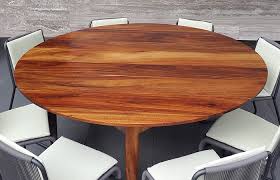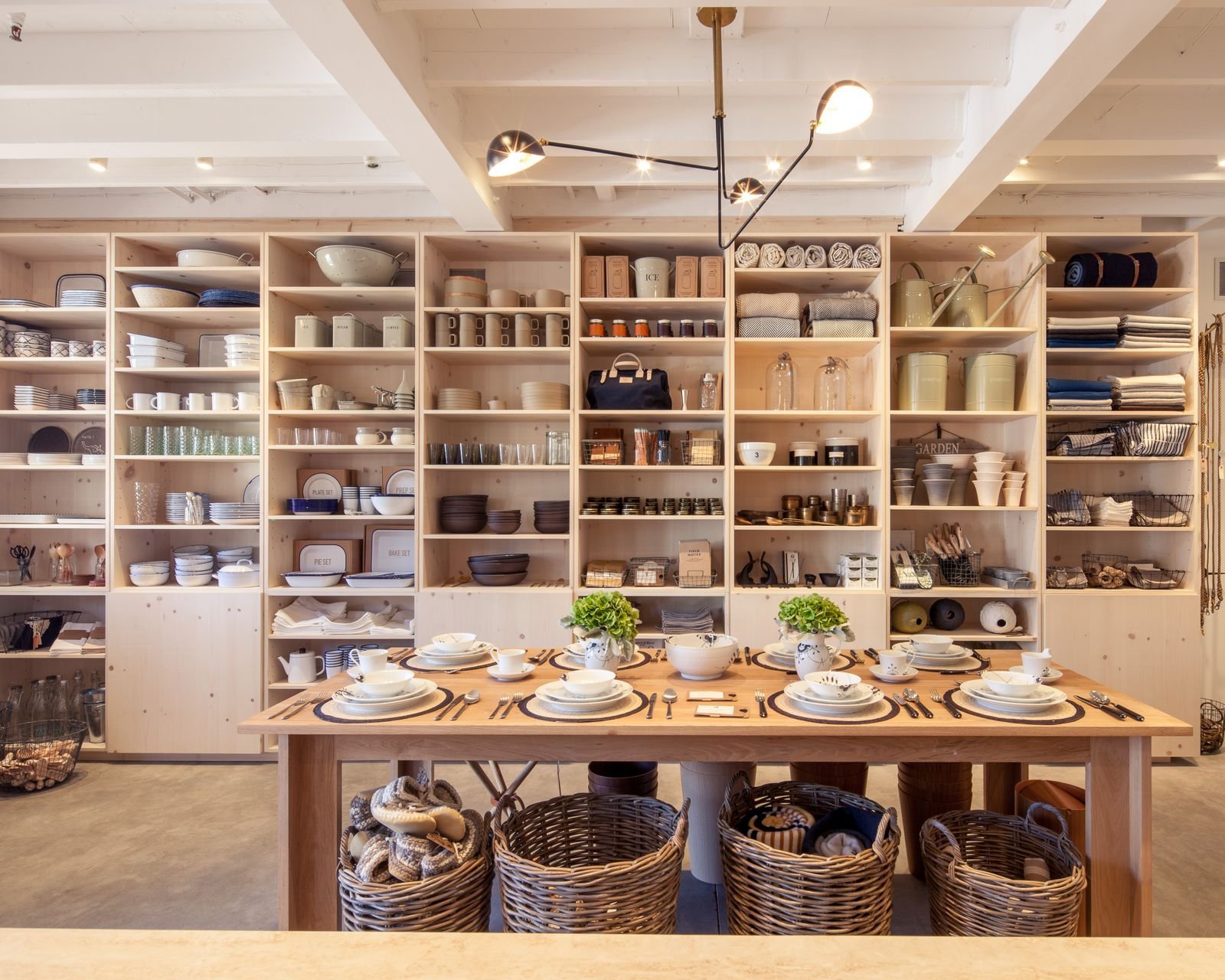Parota wood has gained immense popularity in the United States due to its stunning aesthetics, durability, and affordability compared to other exotic hardwoods. As more homeowners, designers, and furniture makers turn to Parota for their projects, understanding the pricing factors becomes crucial. Whether you’re considering a Parota dining table, live-edge slab, or custom furniture piece, knowing what affects the cost can help you make informed purchasing decisions.
One of the main reasons people choose Parota is its striking grain patterns, lightweight nature, and resistance to decay. While it is generally more affordable than premium hardwoods like walnut or mahogany, various factors impact its pricing. From sourcing and transportation to demand and availability, several elements contribute to the fluctuating cost of Parota wood. If you are wondering about Parota price in United States, several aspects must be considered before making a purchase.
Factors That Influence Parota Wood Prices in the U.S.
1. Sourcing and Availability
Parota is native to Central and South America, particularly Mexico and Costa Rica. Since it is not grown domestically in the United States, all Parota wood must be imported, which adds to its overall cost. The availability of Parota depends on sustainable logging practices and international trade regulations. If deforestation concerns or import restrictions arise, the supply of Parota can decrease, causing prices to rise.
2. Quality and Grade of Parota Wood
Like any other type of hardwood, Parota wood comes in different grades, which impact its price. High-grade Parota slabs with fewer knots, consistent grain patterns, and minimal imperfections are more expensive than lower-quality pieces. The thickness, length, and width of the slabs also influence the cost, with larger and thicker pieces carrying a premium price due to their rarity.
3. Transportation and Import Costs
Since Parota is an imported wood, transportation plays a significant role in determining its price. The cost of shipping heavy hardwood from Central America to the United States, along with import duties and taxes, affects the final price tag. Fuel prices, freight charges, and logistics challenges can cause fluctuations in pricing, making Parota wood more expensive during certain times of the year.
4. Processing and Treatment
Raw Parota slabs often require extensive processing before they are ready for use. Drying, kiln treatment, and finishing processes add to the overall cost. Properly dried Parota wood prevents warping and cracking, making it a more stable option for furniture and home decor. The cost of treating and finishing Parota also varies based on the level of craftsmanship involved.
5. Market Demand and Trends
Parota wood’s increasing popularity in the United States has led to rising demand, which in turn affects its price. When demand is high, prices tend to rise, especially for premium-quality slabs. Interior designers, furniture makers, and homeowners seeking unique, exotic wood options contribute to fluctuations in the market price.
6. Retail vs. Wholesale Pricing
Parota wood prices can vary significantly depending on where you purchase it. Buying from a retail furniture store will typically cost more than purchasing directly from a lumberyard or wholesaler. Retail stores include markup costs, while direct suppliers often offer better deals, especially for bulk purchases.
7. Customization and Labor Costs
If you are looking for custom furniture made from Parota wood, labor and craftsmanship costs must be considered. Handmade pieces require skilled artisans, increasing the overall price. Custom finishes, intricate designs, and unique modifications can also add to the cost of Parota wood furniture.
8. Seasonal Pricing Variations
Parota wood prices are not static and can fluctuate based on seasonal availability. During certain times of the year, logging and transportation challenges may cause price surges. If you are looking to buy Parota at the best price, it’s wise to keep an eye on market trends and make purchases when prices are lower.
FAQs About Parota Wood Prices in the U.S.
1. Is Parota Wood Expensive Compared to Other Hardwoods?
Parota is relatively affordable compared to high-end hardwoods like walnut, teak, or mahogany. While it is not the cheapest option, it offers excellent value for its unique aesthetics, durability, and resistance to decay.
2. Why Do Some Parota Wood Slabs Cost More Than Others?
The price of Parota slabs depends on their size, thickness, grain quality, and overall condition. Premium-grade Parota wood with fewer defects and a more consistent grain pattern will always cost more than lower-grade options.
3. Can I Buy Parota Wood at Wholesale Prices?
Yes, purchasing Parota wood from a direct supplier or lumberyard can help you save money. Many wholesalers offer discounts on bulk purchases, making it a more cost-effective option for large projects.
4. Does Parota Wood Require Special Maintenance?
Parota wood is relatively low-maintenance, but it benefits from regular oiling and sealing to maintain its natural beauty. Keeping it away from excessive moisture and direct sunlight will also prolong its lifespan.
5. Are There Alternatives to Parota Wood That Cost Less?
If you are looking for a similar wood at a lower price, acacia and mango wood are good alternatives. However, they may not offer the same distinctive grain patterns and lightweight characteristics as Parota.
6. How Can I Ensure I Am Getting a Fair Price on Parota Wood?
Research different suppliers, compare prices, and check for customer reviews. Buying from reputable sources ensures you get high-quality wood at a reasonable price.
If you are interested in learning more about Parota prices in United States, consider researching various suppliers and market trends to find the best deals.
Conclusion
Understanding the factors that influence Parota wood prices in the United States helps buyers make informed decisions. From sourcing and quality to transportation and demand, multiple elements impact the cost of this exotic hardwood. Whether you are purchasing raw slabs or custom-made furniture, knowing these variables ensures you get the best value for your investment. If you are looking for high-quality Parota wood at competitive prices, Crafters and Weavers is one of the best places for the lowest Parota prices in United States. With a commitment to quality and affordability, they provide stunning Parota wood furniture that suits a variety of interior styles. By considering these pricing factors, you can confidently invest in Parota wood for your next project.


